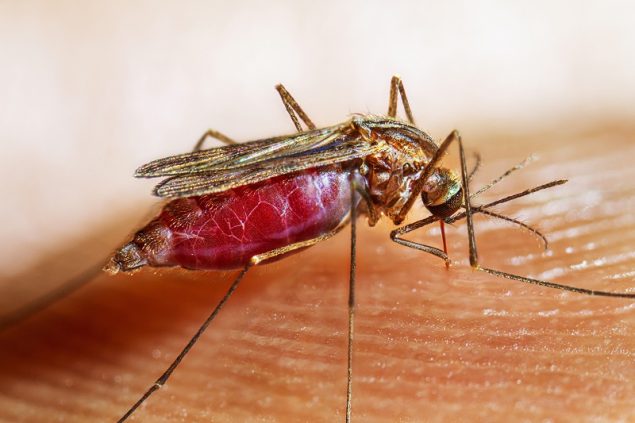On the Brink of an Outbreak: Costa Rica’s Swift Action!
Costa Rica, a stunning tapestry of natural beauty, is on high alert. With recent reports from the Health Ministry indicating a spike in malaria cases in Bahía Ballena district, Osa, the nation is on its toes. Over the weekend, the health guardians of the nation have embarked on a meticulous mission, the objective crystal clear: containment and annihilation of this budding malaria outbreak, post haste.
In the Eye of the Storm: Bahía Ballena’s Malaria Scare
Eight individuals – evenly split between men and women – have fallen prey to this parasitical invasion. With seven amongst them receiving meticulous care in hospitals and under stringent medical scrutiny, the situation is tense but under control. Swift treatment is being administered, with the medical fraternity leaving no stone unturned to ensure recovery and prevent further spread.
The Counteroffensive: Costa Rica’s Multi-Pronged Strategy
The authorities, a collaborative force comprising the Ministry of Health and the Costa Rican Social Security Fund, have rolled out a comprehensive action plan:
- House-to-House Vigilance: A methodical search is underway for individuals exhibiting feverish symptoms, with rapid tests being conducted to identify and isolate malaria cases swiftly.
- Immediate Treatment Protocol: Positive cases are not just identified but are also instantly put under a treatment regimen, along with their cohabitants to prevent the parasitical menace from spreading.
- Biological Warfare: Hatcheries are being treated with biological larvicides to halt the growth of the parasite at the source.
- Defensive Gear Distribution: Long-Lasting Insecticide Impregnated Mosquito Nets (LLIN) are being distributed to provide an additional layer of defense to the residents.
- Strengthened Surveillance: Health centers are amping up their passive surveillance mechanisms, ensuring that Rapid Malaria Tests (RMT) are administered to individuals reporting fever.
Malaria in Costa Rica: A Brief Overview
As per the latest data from the Health Surveillance Directorate, the nation has witnessed 452 cases of malaria. Among these, 369 are autochthonous, 59 are imported, with the rest undergoing classification. The Brunca Region, where Bahía Ballena is situated, has reported 34 cases, with the recent eight suspected to be a result of local transmission.
Know the Enemy: Understanding Malaria
Malaria, caused by the Plasmodium sp. parasite and primarily transmitted through Anopheles sp. mosquito bites, has been a longstanding resident in Costa Rica since the 18th century. The disease, which shows intermittent fever, chills, abdominal pain, fatigue, diarrhea, nausea, vomiting, headache, rapid breathing, fast heart rate, cough, and muscle pain as symptoms, can spread if not contained.
A Plea for Vigilance: Health Authorities Advise Caution
Residents of the Brunca Region and recent visitors to the Bahía Ballena district are advised to seek immediate medical attention if any symptoms are noticed. Prompt action can not only aid in swift recovery but also help in preventing the spread of this disease.
Vigilance is Our Shield: Together Against Malaria!
In the face of the unfolding malaria scenario in Bahía Ballena, the Costa Rican health machinery has swung into action, employing a multi-faceted strategy to contain and eventually eliminate the threat. As the nation stands united in its fight against malaria, the onus is also on the residents and visitors to practice caution, remain vigilant, and cooperate with the health authorities to ensure that the paradise called Costa Rica remains untouched by the shadow of malaria.

